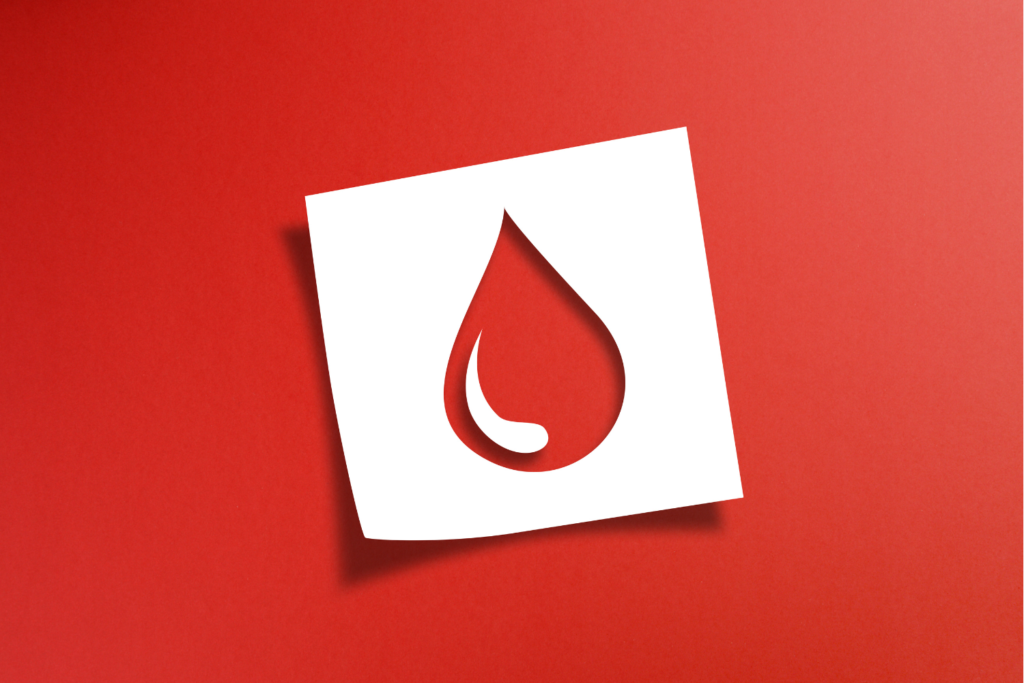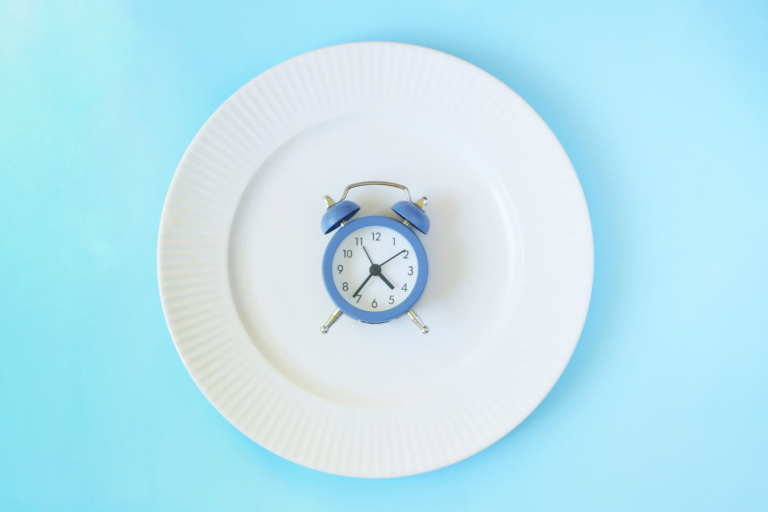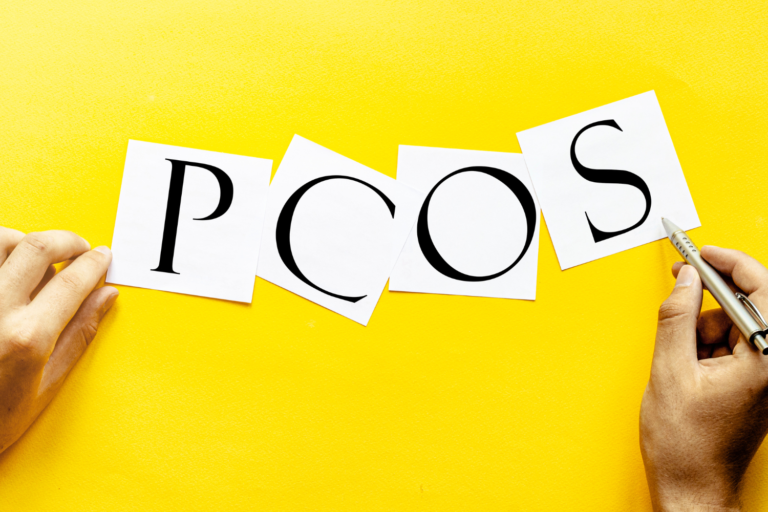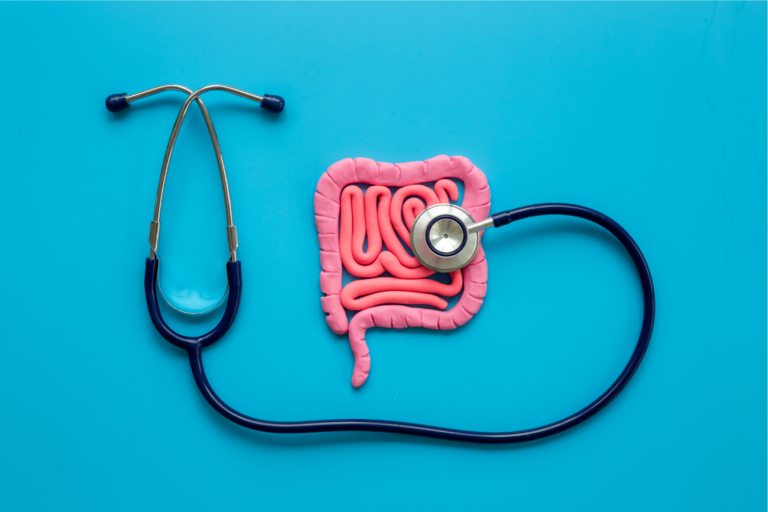Iron is one of the most important trace elements essential for proper functioning of body. Significant portion of it is found in blood in the form of hemoglobin – protein located in red blood cells (erythrocytes) responsible for transporting oxygen throughout the body.
This element is also present in muscle cells as myoglobin, where it plays a role in transporting and temporarily storing oxygen. Additionally, iron supports the immune system, is crucial for development of nervous system and is involved in the synthesis of many neurotransmitters and other molecules vital for maintaining essential bodily functions.
Iron requirements
In healthy individuals, there is a balance between the amount of iron absorbed and the amount lost through menstrual bleeding, hair, skin, urine and bile. On average, men lose about 1 mg of iron per day, menstruating women about 1.5 mg and pregnant women around 2 mg. Therefore, the recommended dietary iron intake varies depending on gender, age and physiological condition:
- 10 mg for men aged 19 and older
- 18 mg for women aged 19 to 50
- 10 mg for women aged 51 and older
- 27 mg for pregnant women
Interestingly, average daily diet provides around 10–15 mg of iron, of which only about 5–10% (roughly 1 mg) is actually absorbed by the body.
Iron deficiency anemia
Iron deficiency anemia occurs when body has too little iron, resulting in the production of red blood cells that are smaller than normal and contain less hemoglobin. This leads to reduced ability of blood to transport oxygen, causing insufficient oxygenation of the body.
Common symptoms of iron deficiency anemia include:
- weakness and fatigue
- impaired concentration and attention
- headaches and dizziness
- rapid heartbeat (tachycardia), shortness of breath
- pale skin and mucous membranes
With prolonged iron deficiency, additional symptoms may appear:
- craving non-food substances (such as clay, chalk or soil)
- pain, burning and smooth appearance of tongue
- dry skin and painful cracks in the corners of mouth
- pale, brittle nails
- chin, brittle and easily falling out hair
Other causes of iron deficiency (besides inadequate dietary intake):
- Increased iron requirements: seen in pregnant and breastfeeding women, premature babies, newborns, adolescents, women with heavy menstrual bleeding and athletes
- Impaired absorption in digestive tract: after gastric resection, in malabsorption and digestion disorders or with persistent diarrhea
- Chronic blood loss: from gastrointestinal tract, reproductive organs, urinary tract or respiratory system
Treatment of anemia should focus on identifying and addressing the underlying cause and replenishing iron stores in body.
Diagnostics to detect iron deficiency in body
In addition to a complete blood count (CBC) and serum iron levels, if iron deficiency anemia is suspected, it is worth considering the following tests:
- ferritin – main iron storage protein and also an acute-phase protein. In the absence of inflammation, infection or other acute-phase responses, serum ferritin is a good indicator of iron stores in the body.
- transferrin – protein responsible for transporting iron ions to tissues and into cells. In cases of iron deficiency, transferrin levels are often elevated.
- TIBC (Total Iron-Binding Capacity) – reflects the maximum amount of iron that can bind to transferrin. It helps assess how much more iron blood can carry and is typically increased in iron deficiency.
Types of iron and their bioavailability
There are two types of iron distinguished by their source and absorption rate:
- heme iron – found in animal-based foods, it is well absorbed (about 20%) and has high bioavailability.
- sources: lean red meat, liver, poultry
- non-heme iron – has lower absorption (about 5%) and bioavailability.
- sources: plant-based foods such as legumes, whole grains, nuts, cocoa, green vegetables (e.g., kale, spinach), beets, dried fruits and nettle or birch juice.
| Pork liver | 18,70 mg |
| Cocoa 16%, powder | 10,70 mg |
| Calf liver | 7,90 mg |
| Pistachios | 6,70 mg |
| Parsley | 5,30 mg |
| Hazelnuts | 3,40 mg |
| Almonds | 3,00 mg |
| Sardines in tomato sauce | 2,90 mg |
| Buckwheat groats | 2,80 mg |
| Spinach | 2,80 mg |
Table: Foods Rich in heme and non-heme iron – iron content per 100g of selected Ffoods
How to compose meals in your daily diet to improve iron absorption?
- Consume iron-rich foods with vitamin C-rich foods.
Vitamin C can enhance absorption of non-heme iron by up to 3 times. Sources of vitamin C include parsley, bell peppers, citrus fruits, black currants, kiwi, spinach, broccoli and brussels sprouts. For example, you can sprinkle iron-rich dishes with fresh parsley or drink water with lemon juice before a meal.
- Combine animal-based iron sources with plant-based iron sources.
This refers to the “meat factor,” which enhances absorption of plant-based iron. For instance, pairing buckwheat with beef stew is an excellent combination.
- Avoid consuming coffee and tea around iron-rich meals.
Tannins in coffee and tea can block iron absorption. It is best to consume these drinks 1-2 hours before or after meals.
- Avoid consuming dairy products with iron-rich foods.
Calcium in dairy products (similar to magnesium) can hinder absorption, making iron less bioavailable.
- Don’t overdo the amount of dietary fiber.
Dietary fiber is an essential nutrient, but excessive intake may limit iron absorption. Be moderate in consuming vegetables, fruits and grain products.
Supplementation to help improve iron absorption in the body
Iron supplementation should be taken under the supervision of a healthcare provider after testing its current level in blood serum. For individuals who already have sufficient iron levels, taking supplements offers no additional benefits and may lead to iron overdose, causing nausea, constipation, headaches and other unpleasant symptoms.
If you’re looking for support in improving iron absorption, consider supplementation with:
- lactoferrin – protein produced by human body that supports iron absorption. Its highest concentrations are found in colostrum and breast milk.
- probiotics containing the Lactiplantibacillus plantarum 299v strain – this probiotic enhances iron absorption from food. It’s present in products such as Sanprobi IBS supplement.
- nettle juice – it’s best consumed in juice form or as an infusion made from dried nettle leaves.
- birch juice – provides iron as well as vitamin C and folic acid, substances that support iron absorption and red blood cell production.
- beets – although not the richest source of iron, they have excellent blood-forming properties and can be added to meals or consumed as a juice.
Summary
Maintaining proper iron levels is essential for good health and preventing serious health problems. Regular testing, well-balanced diet and mindful supplementation can help achieve this goal.
If an iron deficiency is detected, it is important to consult with a doctor or nutritionist to determine the appropriate dosage and treatment protocol to avoid negative effects related to excess iron in the body.
Sources:
- Chaparro C.M., Suchdev P.S., Anemia epidemiology, pathophysiology, and etiology in low- and middle-income countries, Ann N Y Acad Sci., 2019, 1450(1):15-31
- Ciborowska H., Rudnicka A., Dietetyka – żywienie zdrowego i chorego człowieka, wydawnictwo PZWL, 2019
- Rosa L., Cutone A., Lepanto M.S., Paesano R., Valenti P., Lactoferrin: A Natural Glycoprotein Involved in Iron and Inflammatory Homeostasis, Int J Mol Sci., 2017, 18(9):1985
- Szczeklik A., Gajewski P., Interna Szczeklika – podręcznik chorób wewnętrznych, wydawnictwo MP, 2015




